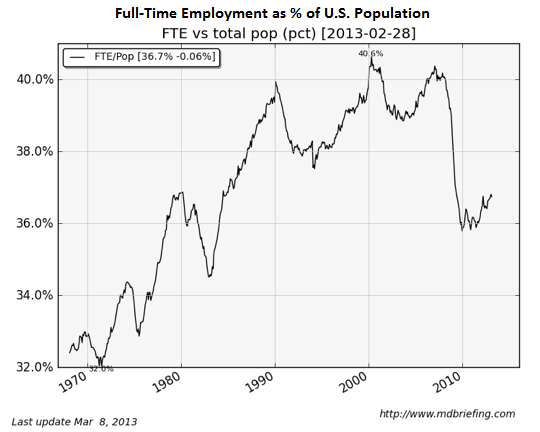
What Kind of Jobs Are 'Reserved' for Bioinformaticians?
In our commentaries “A beginners guide to bioinformatics part I” and “A beginners guide to bioinformatics part II”, we presented bioinformatics based on five layers of difficulties. The simplest layer needed clicking buttons on an user-friendly website (e.g. NCBI BLAST), but the harder task there is to develop the web- based code. The most complex layer, on the other hand, required understanding algorithms and creating new ones.
In that context, reader Tom asked:
This is great, the question I have is what sorts of careers in bioinformatics (or elsewhere) might be available to people in the different layers? I mean are bioinformatics jobs reserved only for the layer 4 and 5 guys or could even the layer 3 guys consider pursuing a career in bioinformatics?
First thing to note here is that doing difficult tasks does not guarantee one a job. From time to time, you hear stories about highly-skilled authors or artists dying poor and unappreciated. On the other hand, our mailboxes get filled with hundreds of catalogs covering houses, toys, pizzas and other products. Each item in those catalogs is carefully designed/written by someone. You can imagine how many authors/artists make their living thinking about whether a pet looks more attractive on a green lawn or a brown floor. Getting back to the five layers of bioinformatics, each one serves some needs for biologists/doctors, who are the ultimate ‘consumers’ of bioinformatics. How many bioinformaticians can be supported depends on the demand/supply, and I have no idea about where the balance is and where it will be 2-3 years from now.
Second and more important point is that you need to move on from this ‘getting job’ mentality, because the world has changed and will change more dramatically over the coming years. The idea of getting a stable life-long job is a relic of the past century. The stability itself was an artifact of the post WW-II USA. Before 1930, over 70% of people in USA lived in villages and most were subsistence farmers (i.e. a family growing own food and eating it). Surplus food generated in larger farms sustained another 20-30% of Americans in the cities and still a lot more remained to be exported.
Then WW-II destroyed the industrial capacities of Germany and Japan, and thus created huge demand for American industrial products. To attract workers, companies offered stable, life-long, industrial jobs and that stability was backed by lack of competition for those companies from outside. When competitors like Japan and Germany re-emerged in 1970s and 1980s, American chose not to adjust to the new reality and instead decided to borrow more and more to sustain the illusion of stability. There is nothing stable in business world, because competition can spring up from nowhere and turn a hot product cold very fast (ask Affymetrix). That also means that if you are a ‘microarray bioinformatician’ in a stable company today, tomorrow your skills may become obsolete.
The change in reality regarding ‘jobs’ is clearly visible in the time-series data presented by Charles Hugh Smith in “It’s Definitive: We’ve Reached Peak Jobs”.

What are the solutions?
(i) Accept inherent risks of business environment, because the concept of ‘job’ is a relic of a past era,
(ii) Spend as little time as you can at the universities, because those universities and tenured professors themselves are the relics of the past century. They prepare you for the 20th century world and charge you an arm and a leg to do that.
(iii) If you have to be at an university, learn skills that will increase your versatility.
(iv) Stay out of (student) debt and instead try to build capital (Economics in One Lesson).